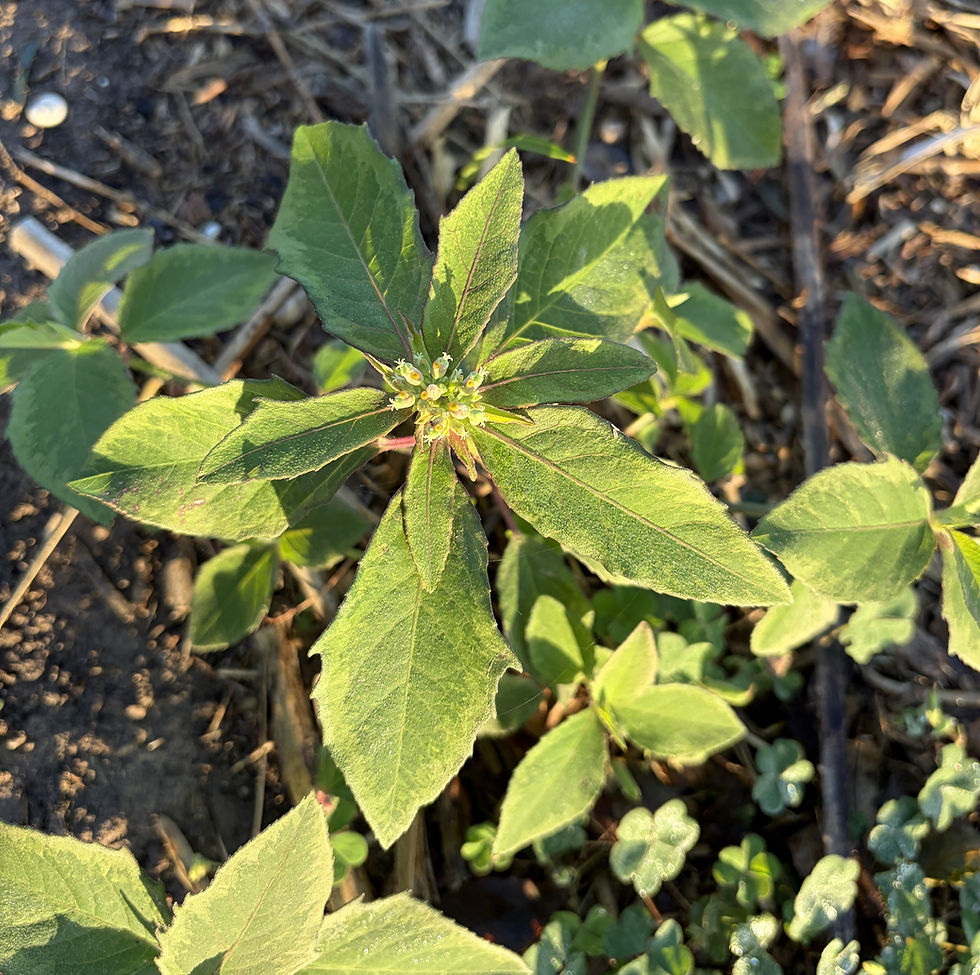People aren’t the only creatures attracted to beautiful blooms
- jjvanm
- Mar 2, 2024
- 2 min read

Published March 2, 2024, in the McAllen Monitor
Story and photos by Anita Westervelt, Texas Master Naturalist
This is a different view about one of my favorite flowers; it seems humans are not the only creatures attracted to these late winter roadside spectacles.
It’s the annual show of prickly poppies, popping up, fluttering in the gentlest of breezes along roadsides, fields and irrigation ditches. Most references comment that a favored prickly poppy habitat is along railroad tracks -- and if a train is on those tracks, a double thrill for plant-loving railway buffs!

In the animal world, the flowers of prickly poppy could be referred to as an insectarium – a live insect zoo or exhibit. I’m hard pressed to ignore even one prickly poppy in range of my camera and am no longer surprised to find blooms already busy with interesting crawling and flying visitors.
A pretty beetle I’ve found a few times, swimming through the stamen of a prickly poppy flowerhead is a dark flower scarab. Also called spangled flower beetle, it is named because of the white marks scattered on the dark elytra, according to BugGuide.net. Elytra is the visible shell, the hard outer wings that are used to protect the more delicate hind wings.

Adult flower beetles are thought to take pollen and nectar and possibly eat other parts of a flower. The adults are usually seen from March to October. Eggs are laid in soil under organic matter or manure, which is where the larvae develop. Spring and late-summer occurrence suggests two generations per year or that adults overwinter, perhaps under garden debris. The adults are about one-half inch in length. In flight, the flower beetles buzz like a huge bee, according to a field guide published by the Missouri Department of Conservation.
Fork-tailed bush katydids, both adults and nymphs, are also frequently found in the cup of a prickly poppy bloom. Referred to as one of the singing insects with their own unique song, they eat pollen, nectar and flowers. The insect is important to the environment as a food source for numerous species of animals. Raccoons, opossums, skunks, coyotes, rodents, birds, snakes and frogs all eat these protein rich bugs.
Crab spiders, with their short, wide, flat bodies, will take up in prickly poppy flowers, waiting for an insect meal to come along. The first two pairs of legs of the crab spider are larger than the back legs, used to grab prey, not for locomotion. Crab spiders usually walk sideways or backwards, using just their back legs. They are quick, easily sensing a threat, like a camera, quickly scurrying from front to back of a flower to avoid their photo being taken.

Green lynx spiders are a conspicuous, large, bright green spider found throughout the southern states. Lynx spiders are useful for control of crop pests, although indiscriminate they also prey upon beneficial insects, including bees. In the field, they feed on a variety of destructive moths and caterpillars, like corn ear worm, cotton leafworm and cabbage looper.

Western honeybees and sweat bees are frequent visitors to the popular prickly poppies for nectar and pollen. Both species are beneficial pollinators of wildflowers and food crops.


- 30 -





